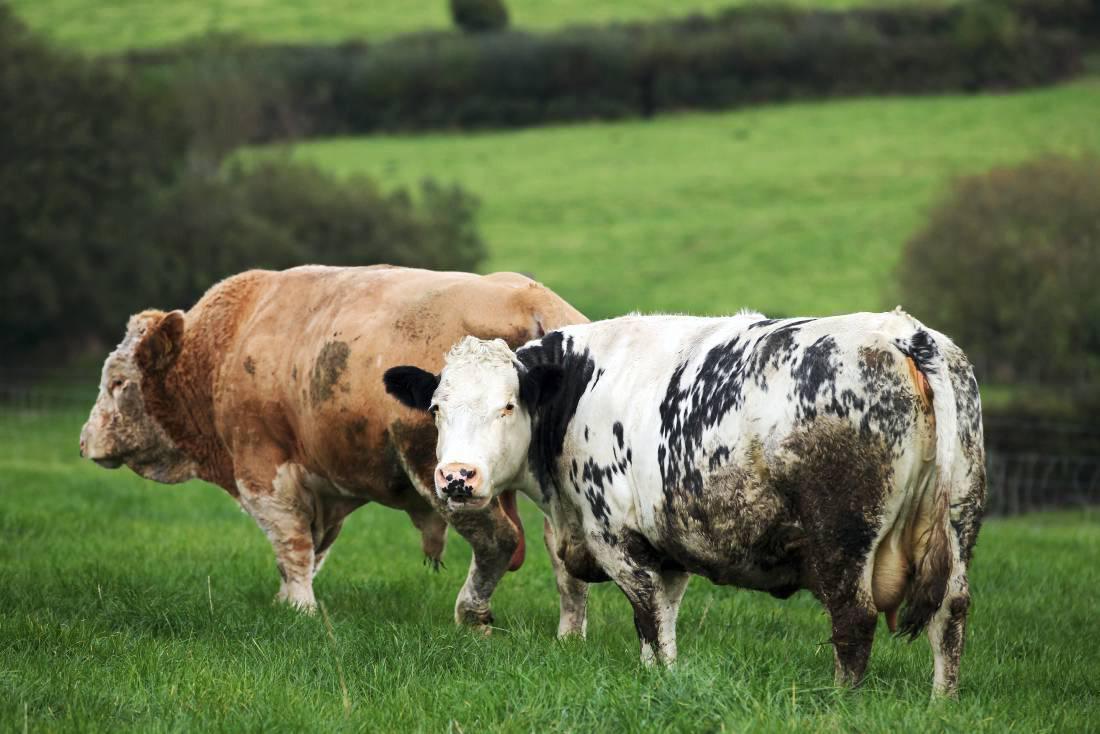
Rates of bovine TB have continued to decline across England and Wales, according to the latest figures published by Defra.
Total animals slaughtered due to a TB incident in England from July 2021 to June 2022 decreased 20% from the previous year, to 24,398.
In Wales the number slaughtered was 9,713, a decrease of 16%, according to Defra's figures, published on 14 September.
In England overall, the herd incidence rate was 9.0, a decrease of 0.2 from the previous 12 months.
The herd prevalence rate decreased in the Edge area of England, but increased in the High Risk Area.
Herd incidence increased by 0.2 compared to the previous 12 months in Wales, but herd prevalence remained constant between June 2021 and June 2022.
And in Scotland, which has had officially TB-free (OTF) status since 2009, herd incidence and herd prevalence remains very low and stable.
Bovine TB presents serious challenges to the food and farming industries and has economic and social impacts.
Defra and Welsh government commissioned research was published in 2020 on the financial impact of TB on beef and dairy farmers.
The report showed the cost of a TB breakdown directly borne by cattle farms varies significantly, with a median value of around £6,600 across all farms in the survey.
Across England and Wales median costs for herds of more than 300 cattle are around £18,600 whilst those for herds up to 50 cattle are around £1,700.
Median costs for chronic breakdowns over 273 days are around £16,000.
